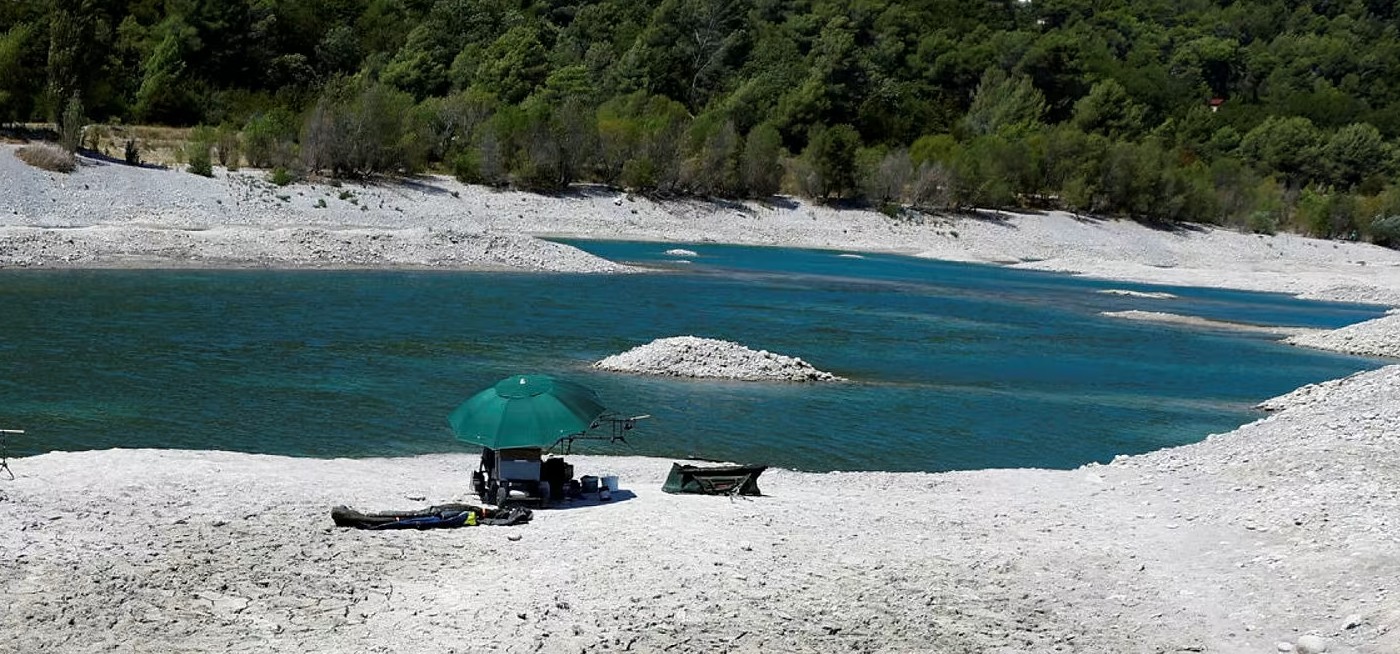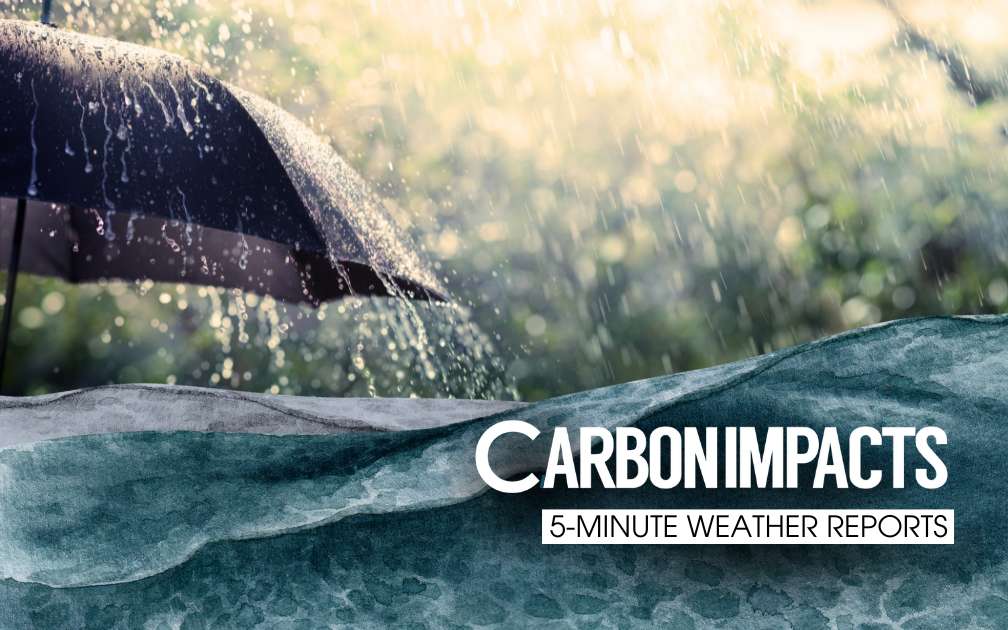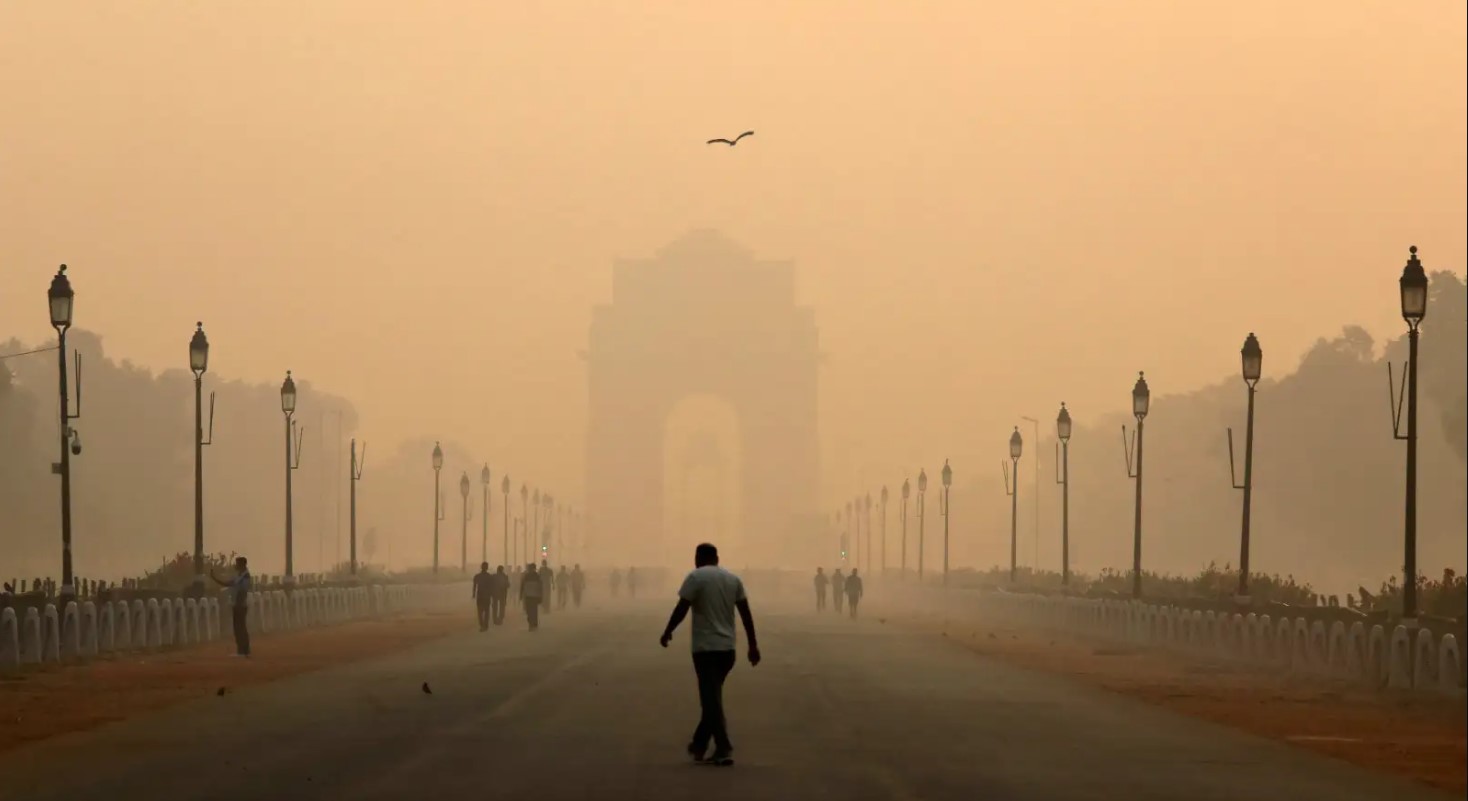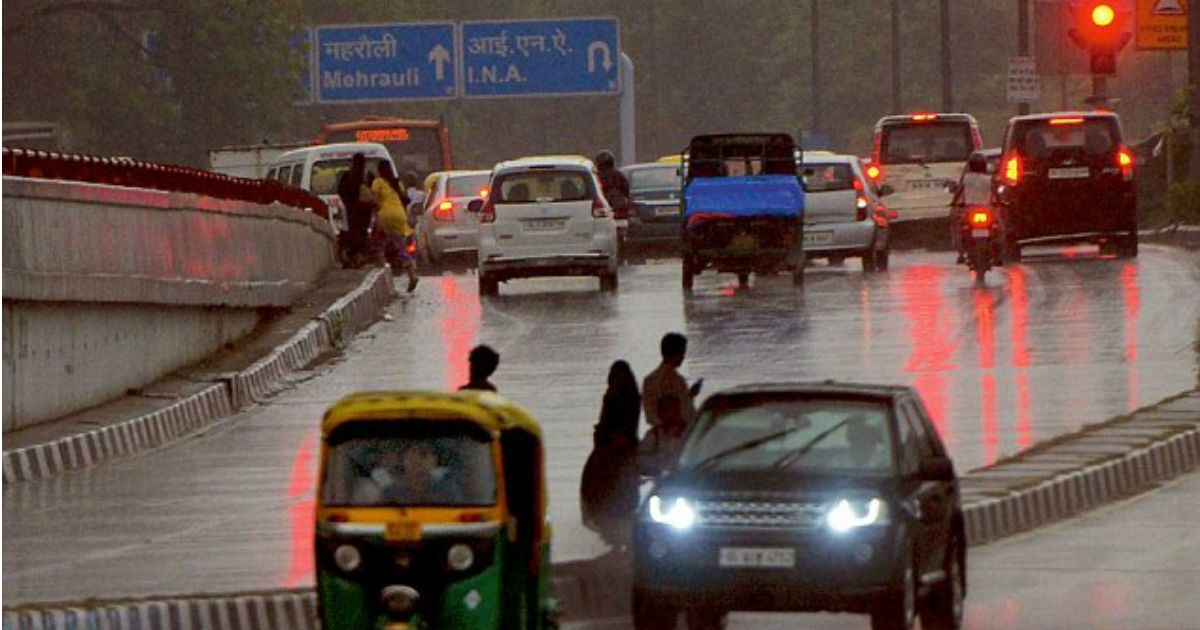Europe hit by worst drought in 500 years
47% of the EU is under drought warning, with 17% on red alert as rivers dry and agricultural production takes a major hit
By Editorial Team / Aug 23, 2022

Financial Times
Europe is on track to experiencing its worst drought in 500 years, affecting cargo transport, power production, drinking water, animal products (including meat and dairy), and crops. An unusually dry winter and spring, followed by record breaking heat waves that have killed thousands of people across the continent, are to blame.
Climate experts said that all heatwaves are now made more likely and worse by climate change, and warned that drought conditions could worsen in future summers if emissions continue, with drought costs potentially rising up to €65 billion.
47% of the EU is under drought warning, with 17% on red alert, according to the EU European Drought Observatory. Corn harvests are expected to be the smallest since 2007, while meat and dairy prices are rising across the continent.
A look across the continent
In Germany, the Rhine river has reached such low levels that boats are being forced to reduce their cargo load and even cancel transport. Rhine is a major transport route in Germany, and river transport is more economical and more environmentally friendly than road or rail transport. This crisis could hit landlocked central and easter European countries badly, as they rely on the Rhine to transport fuel.
Meanwhile, economists estimated that the impacts on the shipping corridor could knock half a percentage point off economic growth in Germany.
River Oder, which runs between Germany and Poland, witnessed mass fish die-offs. This may have been caused by a chemical spill which worsened the conditions for fish already facing higher water temperatures, lower water levels, and lower oxygen levels due to the drought. In Serbia and France some rivers have dried up totally, leaving dead fish behind on the riverbed.
In France, nuclear plants produce 70% of France’s electricity. The power company EDF has been forced to reduce the output of nuclear power due to the shortage of water to cool the power stations while the country is in the grips of its worst-ever drought. Not only that, infrastructure is also being hit, with houses cracking as the ground dries.
France is also suffering from wildfires that have forced tens of thousands to flee their homes, while an irrigation ban has been put in place for farmers. Maize yields are set to be the worst in a decade — especially concerning as maize imports from Ukraine are disrupted by war. Other crops including wheat, peaches, strawberries, and apricots are also being affected.
In Italy, the flow of the river Po has fallen by 90%, hitting corn and risotto rice production. Rising temperatures and dry conditions also paved the way for the worst locust outbreak in three decades. In total, a third of farms in Italy are now producing food at a loss.
In Spain, the water reserve has fallen to 39%, the lowest for almost 30 years. In places, avocado trees are being cut down — they won’t produce fruit, and the water they consume is urgently needed elsewhere. Spain is being urged to reduce the production of crops that demand a lot of water, such as fruits and vegetables.
High temperatures and dry conditions have caused almost 400 devastating wildfires in the country, forcing thousands to flee their homes. Meanwhile, as the heatwaves hit, over 2,000 people have been killed across Spain and Portugal by the high temperatures.
In Switzerland, the level of Lake Constance is lower than it has ever been at this time of year, since records began over 130 years ago. Cheese production is being disrupted as Alpine meadows are too dry for cows to graze, and water supplies for cattle are also running low. Fish populations are at risk from the high water temperatures in streams and rivers. Switzerland is also facing a shortage of oil products, due to the difficulty of transporting them on the Rhine river.
The UK has suffered the driest 9 month period since 1976, record-breaking heat waves crossing the 40°C mark for the first time, and flash flooding caused by heavy rainfall onto dry ground. With many areas of the country now officially in drought, hosepipe bans are in place across much of the country, in places for the first time in 30 years.
Yields of potatoes, apples, carrots and hops are expected to be half the normal levels in the UK, supposedly drought-resistant maize yields are down and milk supplies are reduced from normal, with root vegetables lower in quality. The ongoing drought is projected to raise prices higher still, pushing more UK citizens into food insecurity. Around 18% of people in the country are classified as ‘food insecure,’ meaning they are forced into a diet of reduced quality, variety, or desirability, and in extreme cases reduced food intake.
In Slovakia, 99% of the country is under drought conditions, with almost 60% of the country in ‘extreme’ drought. Many places are struggling to provide sufficient drinking water, food prices have risen by 20%, and famers are ‘desperate’ with little irrigation infrastructure. There is a possibility that tens of thousands of cows will have to be killed due to the lack of fodder to see them through the winter.
In Croatia, food prices are high as farmers struggle to grow enough produce and there are fears of a winter food shortage. Winemakers in parts of the country are also struggling with high temperatures and a lack of rainfall, while in the south drinking water is also running low. Dry conditions and high temperatures mean there have been a 74% increase in wildfires compared to last year.
The article was first published in CarbonCopy


